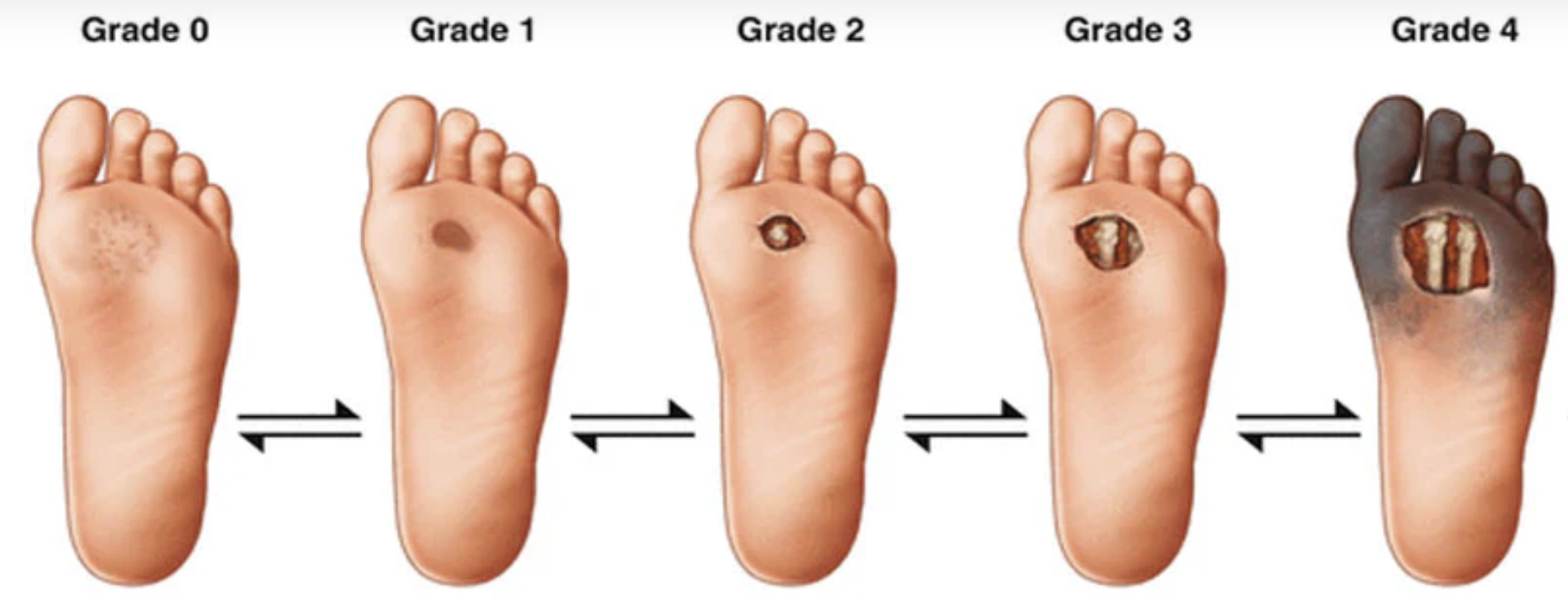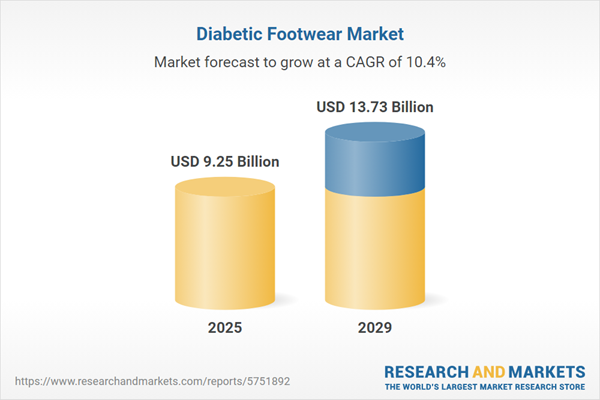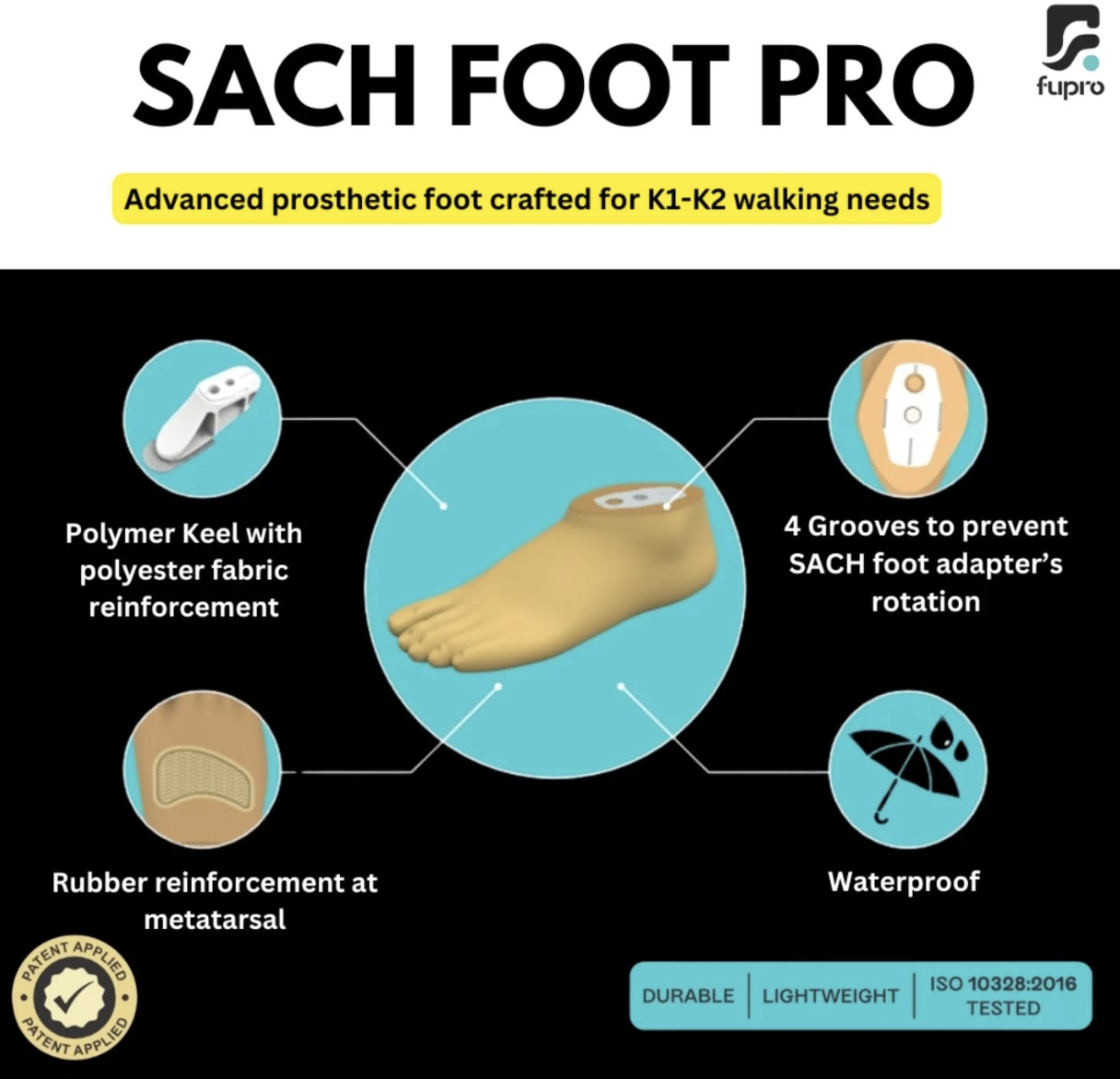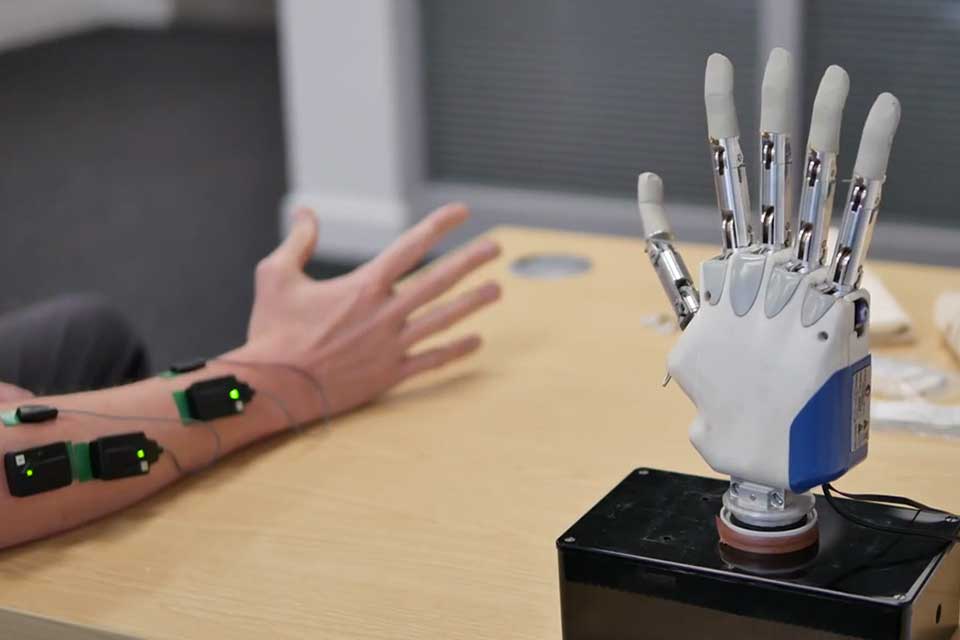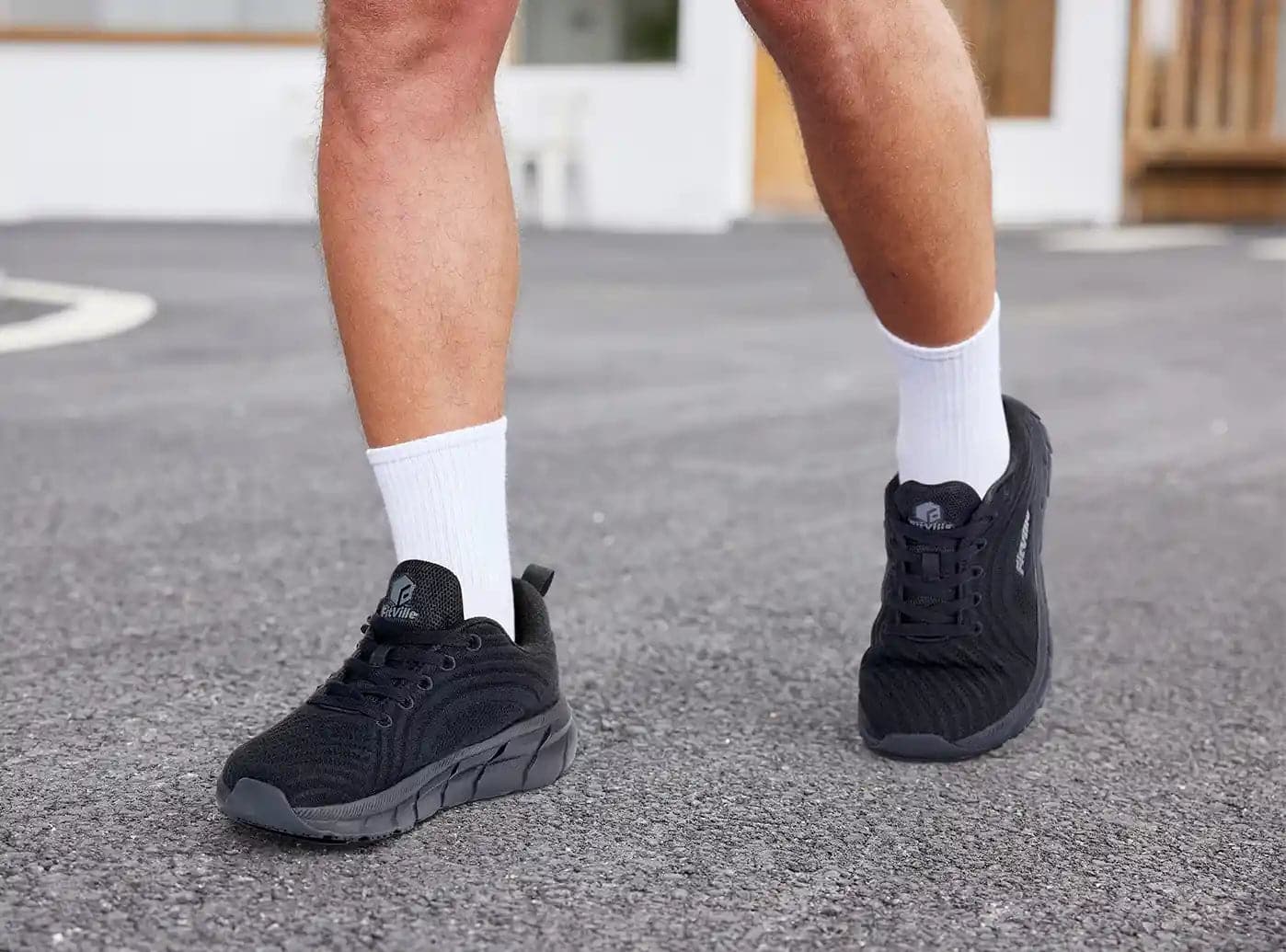The diabetic footwear market size has grown strongly in recent years. It will grow from $8.45 billion in 2024 to $9.25 billion in 2025 at a compound annual growth rate (CAGR) of 9.5%. The growth in the historic period can be attributed to diabetes prevalence, aging population, diabetic foot complications, footwear comfort and support, and growing health awareness. North America was the largest region in the diabetic footwear market in 2024.
The diabetic footwear market size is expected to see rapid growth in the next few years. It will grow to $13.73 billion in 2029 at a compound annual growth rate (CAGR) of 10.4%. The growth in the forecast period can be attributed to growing diabetic foot health education, footwear for active lifestyles, sustainable and eco-friendly materials, emerging market expansion, and growing non-invasive monitoring technologies. Major trends in the forecast period include personalized orthopedic footwear, technological footwear innovations, telehealth and remote consultations, technological innovations, and strategic partnerships.
The rising prevalence of diabetes is expected to drive the growth of the diabetic footwear market in the future. For instance, in June 2023, a report from the Institute for Health Metrics and Evaluation, a US-based independent population health research organization, projected that the number of diabetics would more than double to 1.3 billion over the next 30 years. Additionally, by 2050, the total number of individuals with diabetes is anticipated to reach 529 million. Thus, the growing number of diabetic patients is fueling the expansion of the diabetic footwear market.
The diabetic footwear market is experiencing a boost due to the growing popularity of e-commerce. Recent data from the United States Census Bureau reveals a substantial increase in e-commerce activity, with a 7.5% growth in the second quarter of 2023 compared to the previous year. E-commerce accounted for 15.4% of all sales during this period, emphasizing its pivotal role in driving the expansion of the diabetic footwear market.
Leading companies in the diabetic footwear market are concentrating on creating innovative products, such as smart shoes, to enhance patient care and improve health outcomes. For example, in March 2024, nine students from Oman College of Health Sciences, an educational institution based in Oman, developed a smart shoe designed to reduce complications in diabetic patients. This groundbreaking footwear aims to tackle critical health issues related to diabetes, especially diabetic foot complications, which can result in severe outcomes such as foot ulcers and amputations.
Leading companies in the diabetic footwear market are at the forefront of technological innovation, introducing advancements like smart boots tailored for diabetic patients to enhance their market performance. A notable example is Sensoria Health Inc., a US-based company specializing in smart garments and footwear for foot health monitoring. In collaboration with Defender Industries, Inc., Sensoria Health launched the Foot Defender+ powered by Sensoria smart boot for diabetics in September 2022. These boots integrate various sensors, electronics, and connectivity features to offer real-time feedback on foot temperature, pressure distribution, and other critical metrics. The overarching objective of smart boots is to proactively prevent or detect early signs of diabetic foot complications, such as ulcers or infections, safeguarding against serious health implications if left untreated.
